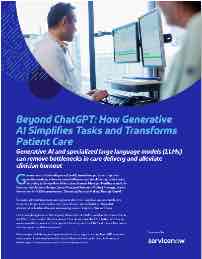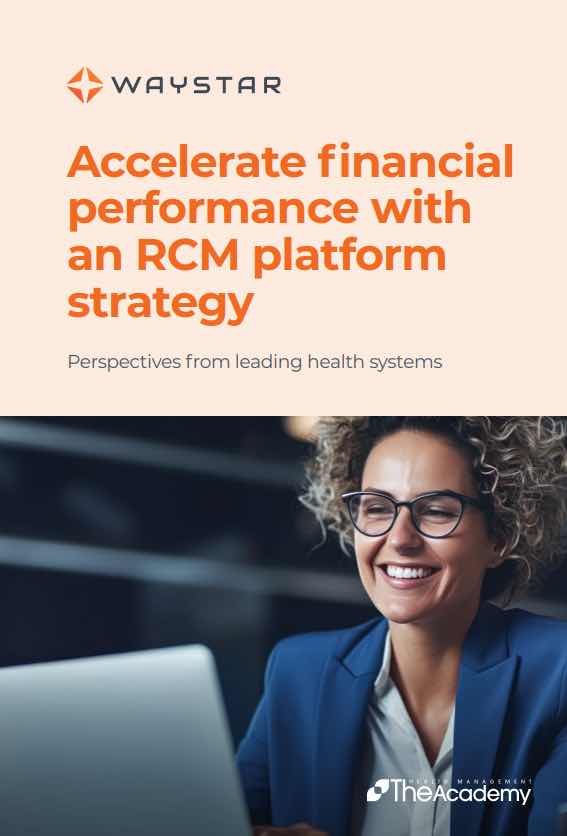Financial/Revenue Cycle Management
Collaborations and integrations aim to streamline access to patient medical histories via national networks, drive more proactive pediatric care, expand behavioral telehealth and pioneer more hospital automation.
AI & ML Intelligence
Despite challenges such as data privacy concerns and the need for seamless integration into existing systems, the trajectory of AI development in healthcare is promising as tools continue to improve, says Alex Mason of FTV Capital.
John P. Donohue, vice president of IS entity services, discusses creating opportunities for standardization across a complex health system, strategizing prioritization of initiatives across the health system, and much more.
As payers and providers collaborate on value-based reimbursement, they'll optimize care pathways through effective contract modeling, measuring performance and addressing friction, say David Wolf, MedeAnalytics AVP, and Lynn Carroll, HSBlox COO.
SPONSORED
According to research by the American Hospital Association, growing after-hours workloads and administrative tasks are leading contributors to clinician burnout. ServiceNow's generative artificial intelligence (GenAI) streamlines workflows to help healthcare organizations (HCOs) address these concerns and leverage their existing EMR systems to improve experiences for patients and staff. This ServiceNow article presents the highlights of ServiceNow's HIMSS24 presentation, “Elevating Decision-Making Through GenAI.”
AI & ML Intelligence
It's fair to be wary of AI in healthcare, but using proven technology to help do easily automatable tasks is a no-brainer, says the CMO of EmpowerMe.
Legacy analog telephone lines, also known as Plain Old Telephone Service (POTS), are becoming more expensive to maintain, leading organizations to seek alternatives. These POTS lines are used in life safety systems such as fire alarms, elevator phones and building entry systems, which need to follow compliance guidelines. However, carriers are phasing out these lines, charging more and providing less support. It’s time to modernize and reclaim profits.
According to the joint study by Waystar and The Health Management Academy (THMA), organizations rely on RCM partnerships to meet their revenue cycle needs, improve cash flow, manage costs, and allow them to focus on delivering care. Nearly 75% of organizations juggle more than four RCM partners, which begs the question: Could consolidation reduce costs, increase efficiency, or improve revenue performance?
The Veterans Affairs Office of Information and Technology finds artificial intelligence-driven clinical documentation is helping to solve physician burnout, but the value for benefits administration is yet to be determined.
Clinicians using Counterpart Assistant see over 1,000 basis point differential in Medical Cost Ratios, Clover says.










